Beyond the Eiffel Tower: 7 beautiful hidden spots in Paris
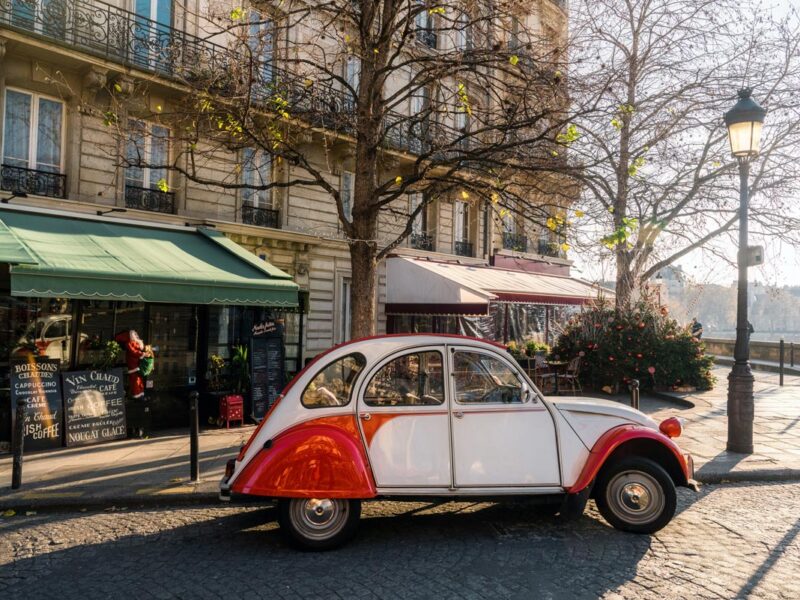
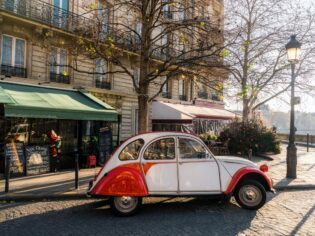
Learn how to avoid the crowds in Paris. (Image: golero via Getty Images)
Avoid the crowds at these lesser-known spots.
When you’ve had the chance to visit the can’t-miss, quintessential Paris sights, there is much more to discover beyond the Eiffel Tower.
It’s time to dive into the quieter, lesser-known gems well away from the tourist haze. Think: overlooked parks, small museums, tucked away courtyards and other favourite local spots.
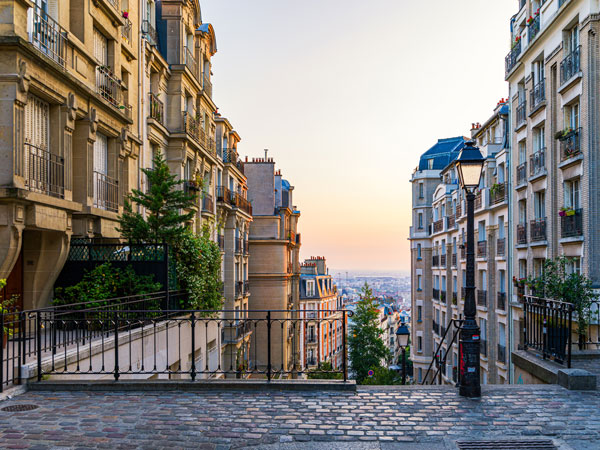
There’s much more to discover beyond the Eiffel Tower. (Image: DaLiu via Getty Images)
1. Stroll along La Coulée Verte René-Dumont
One of Paris’ greatest virtues is its many green spaces, offering a multitude of opportunities to embody the classic Parisian flâneur (a person who lounges or strolls around in a seemingly aimless way).
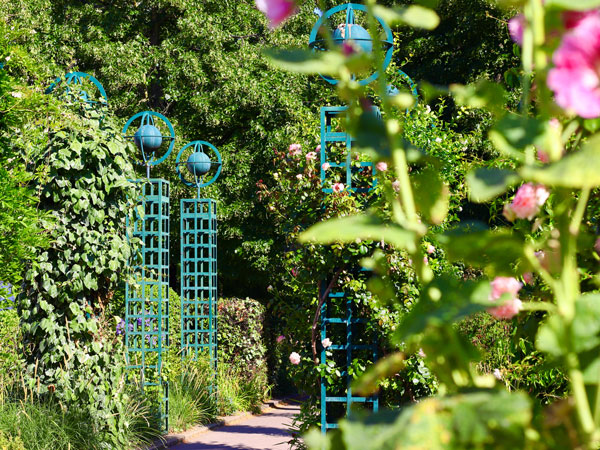
La Coulée Verte René-Dumontis is a walkway and park built on old train tracks. (Image: Vivian Song via Getty Images)
La Coulée Verte René-Dumont, formerly known as the Promenade Plantée, is a walkway and park built on old train tracks from the Bastille to the Bois de Vincennes. The free stroll covers 4.5 kilometres of greenery, from wild vegetation to manicured landscaping, lined with lime and hazelnut trees.
Its location in the 12th arrondissement provides the opportunity to observe a local way of life, as well as enjoy nature.

Stroll along the elevated manicured gardens. (Image: Vivian Song via Getty Images)
2. Stop at the oldest cafe in Paris
The oldest cafe in Paris, Procope, is tucked away along a cobblestone walking path in the heart of Saint-Germain des Prés and has been operating since 1686.
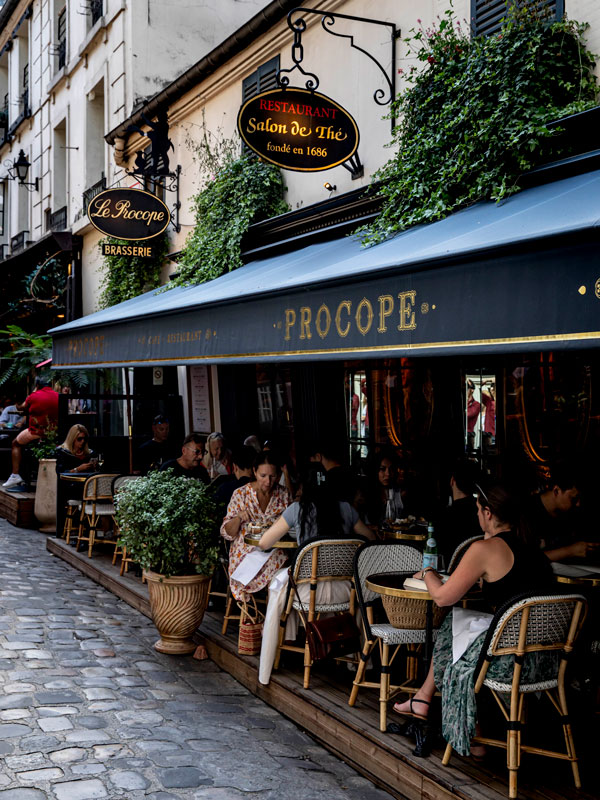
Have coffee at Procope.
Legendary thinkers – such as Voltaire, Rousseau and Diderot – frequented the cafe in their day. It was even a political hot spot during the French Revolution, where Robespierre. Jacobins and the like met and swapped ideas.
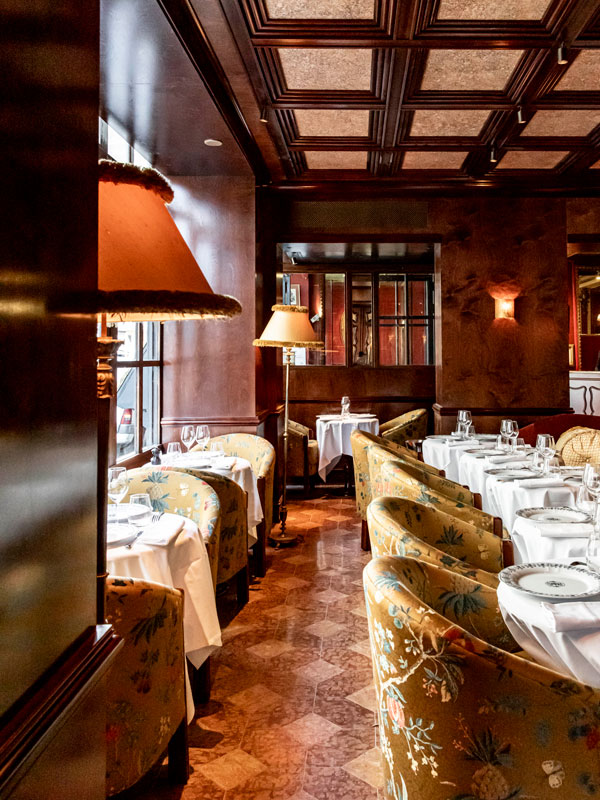
Step into the elegant dining at Procope.
Take a moment to enjoy an espresso or lunch at the cafe, surrounded by a mind-blowing historical legacy.
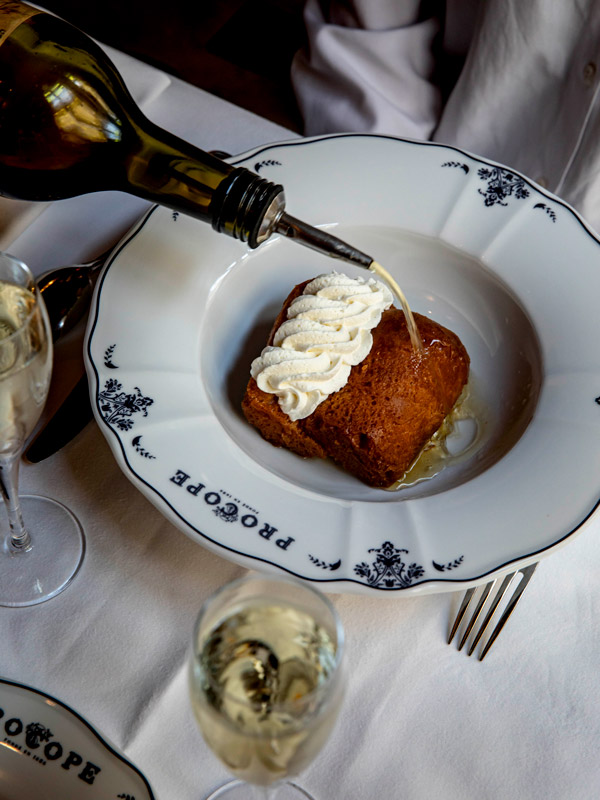
Treat yourself to a Parisian meal at Procope.
3. Visit the Bibliothèque Nationale’s Small Museum
Bibliothèque Nationale de France (aka the National Library of France) is a gorgeous and historic library in the Louvre-Opéra district. The library is over 300 years old but was recently restored and reopened in 2022.
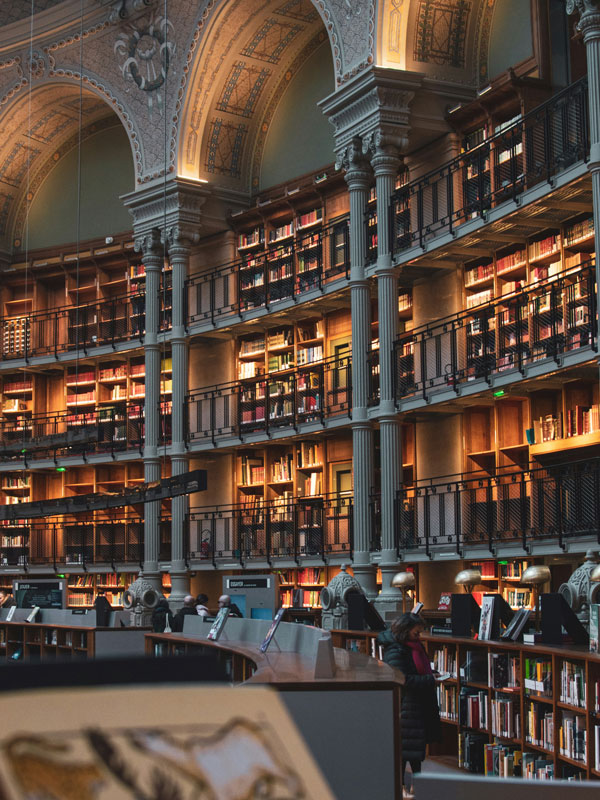
Be in awe at the largest repository of manuscripts and publications in Paris. (Image: Alf Redo)
The public is free to enjoy the Salle Ovale, a grand oval-shaped atrium lined with more than 20,000 books, and the ground’s beautiful gardens.
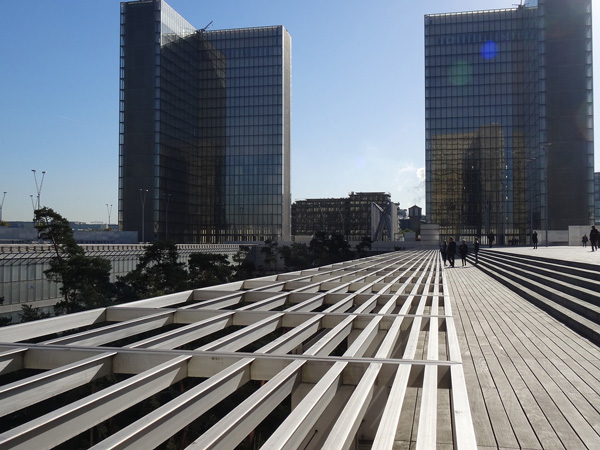
The library is over 300 years old.
The architecture alone warrants a visit, but we recommend also paying 10 euros for entry to Le Musée de la BNF, a museum within the library with a small but mighty collection of historical artifacts. On display, you’ll see antiquities like a 1st-century Greek tablet depicting a scene from Homer’s Iliad, gilded prayer books and bibles from Louis IX, and original handwritten manuscripts from Mozart’s Don Giovanni.
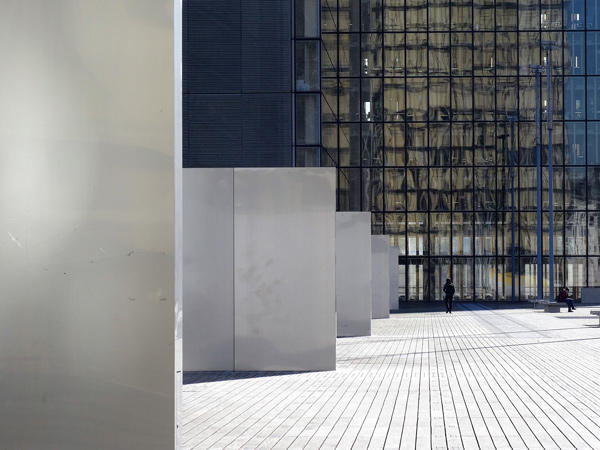
Bibliothèque Nationale de France is considered an example of minimalist modern architecture.
4. See a show at Théâtre du Vieux Colombier
This small theatre in Saint-Germain-des-Prés carries on a long legacy of French performance history. It is one of only three stages for the prestigious Comédie-Française, the oldest active theatre company in the world.
Originally founded in 1680, the Comédie-Française was once an expensive luxury in the 18th century, enjoyed by the French nobility. Today, the stage is open to all of us commoners.
The Théâtre du Vieux-Colombier is a more intimate option to enjoy the troupe’s performances, in comparison to their primary venue, the Salle Richelieu. The century-old theatre now hosts productions all season long, which alternate between classic and contemporary works. Stop by the theatre’s bar and cafe before or after to enjoy a drink and discuss the show.

La Marseillaise is sung on the streets of Paris. (Image: Pierre Herman)
5. Shop for local goods at Marché de l’Olive
Marché de l’Olive is a friendly local market with fresh produce, cheese and dry-aged meats. Located in the 18th arrondissement, this covered outdoor market lives on the periphery of the city, just out of reach from where most tourists typically wander. As a result, it’s less busy and more local.
Take your time to browse the stands and ask the vendors about their wares. In your exploration, you may find an excellent French butler adjacent to an organic fruit and vegetable stand across from a tiny flower shop.

Stop by Marché de l’Olive on your quest to find the best strawberries in Paris. (Image: Big Dodzy)
6. Explore the past at Château de Fontainebleau
When you’ve already visited the opulent Palace of Versailles, a trip outside of the city to Château de Fontainebleau is in order. The 1500-room château provides a journey back in time to the extravagant lives of French royalty just an hour outside Paris.
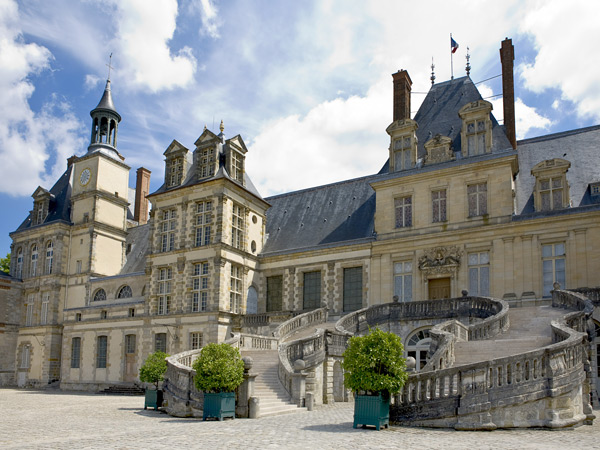
Generations of French royalty have resided in the Château de Fontainebleau. (Image: CaraMaria via Getty Images)
Thirty-four kings and two emperors once resided at Fontainebleau and left their marks in various ways. During your visit, you’ll see the major projects of Henri IV, the refined decoration of Marie Antoinette, Napoleon I’s apartment and the splendour of Napoleon III.

Château de Fontainebleau has been a major royal residence for four centuries. (Image: Stefan K)
Aside from the stunning Renaissance-style architecture of the house and its many royal furnishings, Fontainebleau’s 130 hectares include four main courtyards, three gardens and the largest European parterre (an ornamental garden with paths weaving through the beds). Whether you are a fan of history, art, or architecture, this is the perfect place to spend a half day of exploration.

Surrounded by greenery, the château is steeped in nature. (Image: Nazreen Banu)
7. Enjoy the Sculpture Garden at Musée Rodin
Whether you are an art enthusiast or simply seeking a tranquil escape in the heart of the city, the Musée Rodin delivers on both.
The museum highlights renowned sculptor Auguste Rodin’s extensive collection of works. His sculptures flow seamlessly indoors to outdoors, spilling out of the galleries into the beautiful gardens. The Thinker, perhaps his most iconic work, is on display here as well as pieces by other notable artists, like Vincent Van Gogh and Camille Claudel.
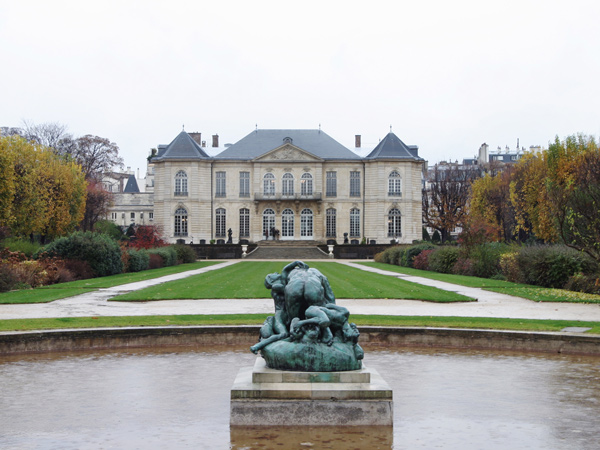
There’s no other museum like the Musée Rodin in Paris. (Image: lillisphotography via Getty Images)
The 18th-century rococo museum building was once a hotel that Rodin himself stayed at. He rented the four ground-floor rooms before taking over the whole building in 1911, laying the foundations for what would become the Musée Rodin in 1919.
The museum is centrally located in the bustling 7th arrondissement, but the peaceful nature of the building and French gardens feel like a world away.
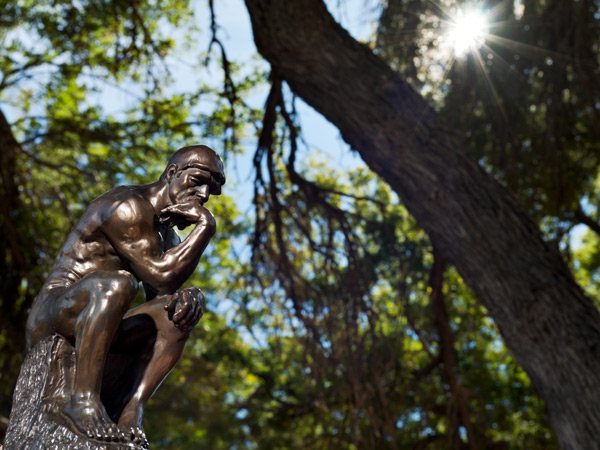
In this tranquil oasis, you’ll find the sculptures of the French artist Auguste Rodin. (Image: wesvandinter via Getty Images)
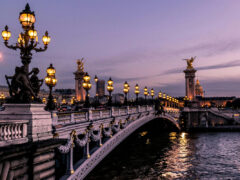
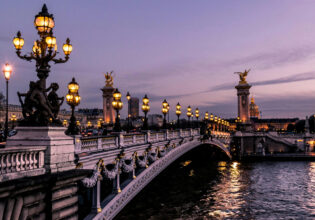
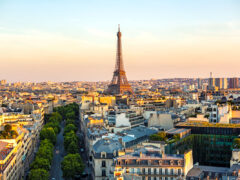
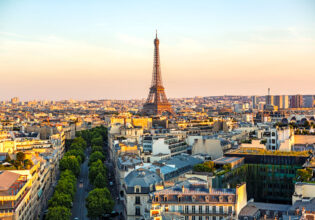


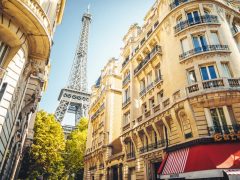
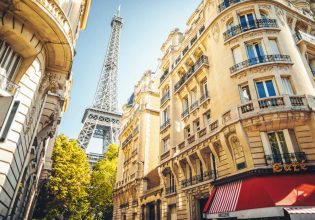

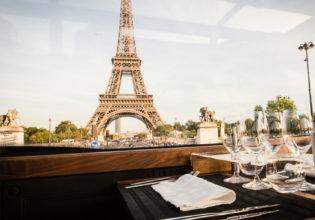
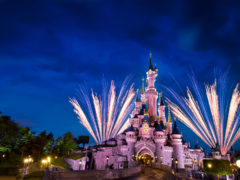
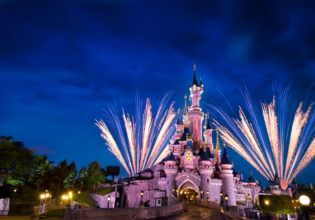

I like this travel guide